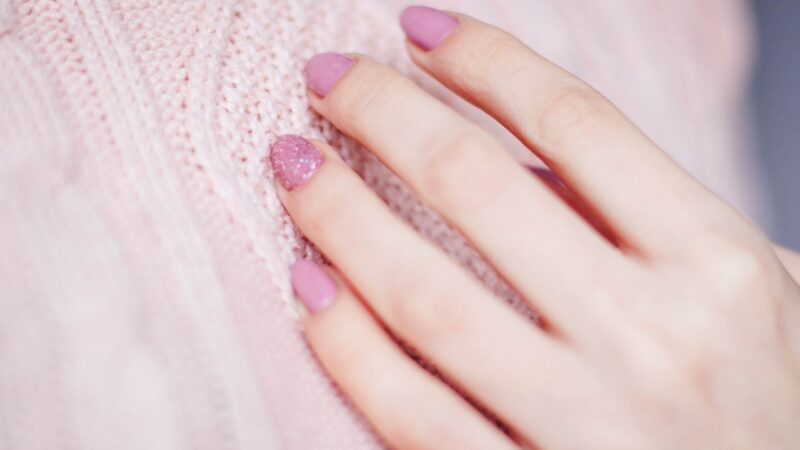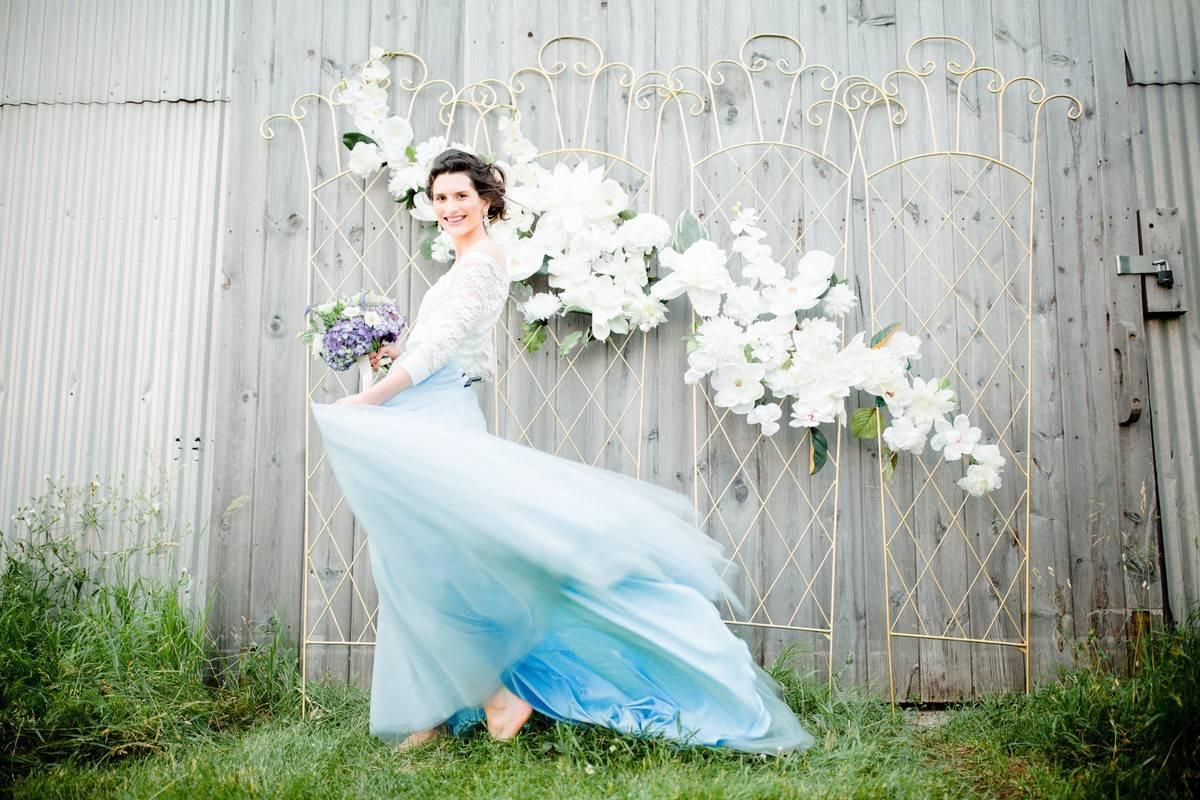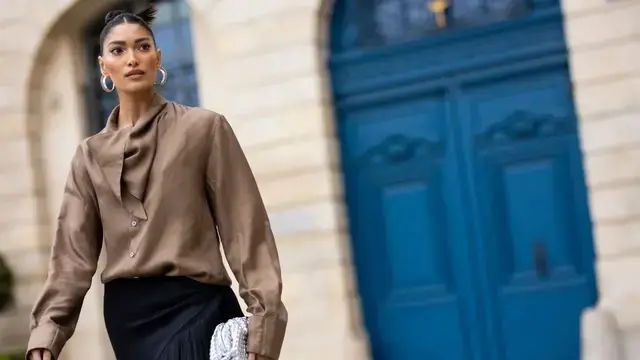Dancewear Through the Ages: The Evolution of Women’s Stage Attire

Ballet dancers were obligated to follow a stringent dress code in the 1800s. However, they quickly evolved into more creative and less traditional outfits.
Isadora Duncan, an American dancer of the early 1900s, is credited with establishing contemporary dance fashion. She was a fierce critic of the corseted dance clothes for women.
Her rebellious spirit altered dancing attire conventions and paved the way for more casual clothing. Since then, dancewear has changed further and drastically too.
Dive in to know more about the shift in women’s dancing attire.
The 1920s: Flappers and Band Girls
The “flapper” movement began in the 1920s when women wore loose-fitting clothing to express modernity. The hemlines were knee-length, putting a stop to society’s restrictive fashion norms.
Moreover, the Leotards worn by band dancers of the period were elaborately embellished with feathers, sequins, and other accessories.
The 1930s: Swing and Glamour, On Screen
With the growth of the film industry in the 1930s, dance meant more than just ballet. The period’s dancing attire evolved with it too. Films used Jazz, Tap, and Ballet outfits for dance sequences.
Furthermore, with the introduction of dance to Broadway, grace and sophistication became commonplace. Long gowns, evening gowns, and high heels reigned supreme on dance floors.
The 1940s: World War II and Broadway
This was the transitional period following the end of World War II. Consumption drove fashion trends throughout the economic boom.
Later, in the 1950s, women were expected to be dressed like “homemakers” in long, flowing skirts or tighter, knee-length skirts that highlighted their bodies.
However, Broadway preferred leotards and short dresses due to the emphasis on sexuality during this period.
The 1970s: The Rise of Disco
Disco was huge in the 1970s, changing the dancewear style. This introduced funky, bright, and adventurous styles. People no longer dressed in shorts and tights. Jumpsuits, bell-bottoms, and long flowing skirts dictated the dance fashion trends.
The 1980s: Jane Fonda’s Legwarmers and Leotards
Leotards were already reappearing in the 1970s, but Jane Fonda and Flashdance resurrected them dramatically. Legwarmers and vests also became a staple in dance clothes for women.
In addition to accessories, comfortable footwear like sneakers became extremely popular.
The 1990s: The Hip-hop Wave
Pop stars ruled the 1990s and 2000s. Hip hop brought street style, while punk rock bands offered edgy, black clothing. Like Destiny’s Child and Spice Girls, women in entertainment impacted dance clothes for ladies. Personalised leotards demonstrated a sense of contemporary flair. Furthermore, cropped shirts and skirts demonstrated boldness and femininity.
Simultaneously, more relaxed and baggy streetwear, such as tracksuits, t-shirts, and sneakers, reflected the prevalence of Hip-Hop. MC Hammer’s parachute pants were also quite popular.
Present Day
According to MarketWatch’s most current data, the worldwide Dancewear industry will be valued at USD 524.3 million in 2021. It is only growing with more people, especially women taking to it, not just as a hobby but as a way to keep fit.
Moreover, the influence of American and Korean pop has launched the popularity of baggy and chic tracksuits, branded sneakers, joggers, cropped tops and sweaters into the stratosphere. What’s interesting is that even non-dancers prefer these clothes!
The Bottomline
It is evident through this article that the economy and popular culture has had a massive influence on dance clothes for women through the ages. They have even shaped popular culture in some instances.
Nevertheless, what remains common is people’s love for dancewear and their affinity to break away from the mould of the convention. And this trend will continue.






